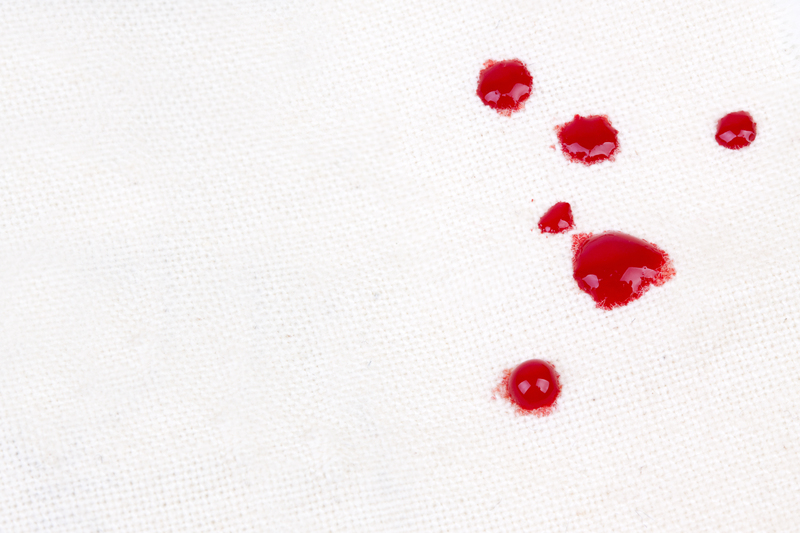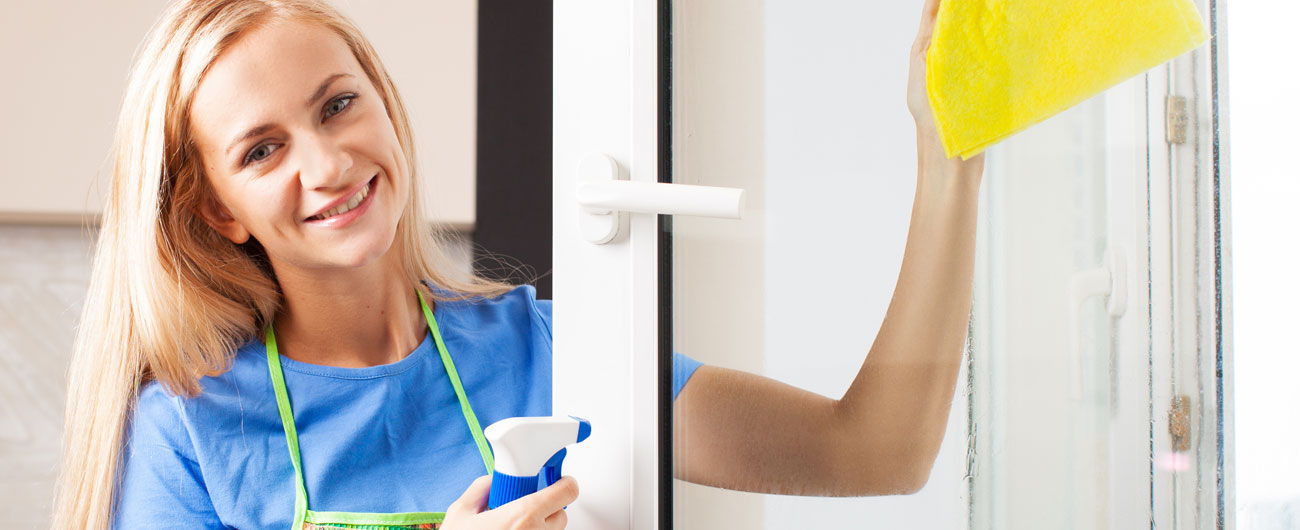How to Treat Pet Pee Stains in Carpets
Posted on 19/04/2025
How to Treat Pet Pee Stains in Carpets
Pets bring joy, companionship, and a sense of well-being to our lives. But along with the many benefits of having pets, there comes a significant challenge for pet owners--managing pet pee stains on carpets. Prompt and effective treatment of these stains is crucial to maintain a clean home and prevent lingering odors. This article covers everything you need to know about treating pet pee stains in carpets, from identifying the stains to selecting cleaning products and applying effective cleaning techniques.
Understanding Pet Pee Stains
Before diving into the methods of cleaning, it's important to understand the nature of pet pee stains. Pet urine contains uric acid crystals, which can bond tightly with carpet fibers. If not treated promptly, these crystals can cause lasting damage to your carpet and make odors more difficult to eradicate.
Fresh stains are easier to handle compared to older, dried stains, which can seep deep into the carpet padding and sub-flooring. The type of carpet and the pet's diet can also influence the severity of the stain and the required treatment methods.

Immediate Action Steps
Speed is crucial when dealing with fresh pet pee stains. The faster you act, the more likely you are to completely remove the stain and prevent odors. Here are the immediate steps you should take:
Blot the area
Grab a clean cloth or paper towels and blot the stained area to soak up as much urine as possible. Avoid rubbing, as this can push the stain further into the carpet fibers.
Use cold water
Pour a small amount of cold water on the stain and blot again. This helps dilute the urine and makes it easier to remove.
Avoid heat
Heat can set the stain and make it more difficult to remove. Always stick to room temperature or cold water for initial cleaning.
Homemade Cleaning Solutions
Many people prefer homemade cleaning solutions for their effectiveness, safety, and cost-efficiency. Here are a couple of options:
Vinegar and Baking Soda Method
- Mix one part white vinegar with one part water.
- Pour the solution onto the stain and let it sit for 5-10 minutes.
- Blot the area with a clean cloth until most of the moisture is absorbed.
- Sprinkle baking soda over the damp area and let it sit for 24 hours.
- Vacuum the dried baking soda residue.
Hydrogen Peroxide and Dish Soap Solution
- Mix one part hydrogen peroxide with one part water and add a few drops of dish soap.
- Apply the solution to the stain and let it sit for 10-15 minutes.
- Blot the area and then rinse with cold water.
- Blot again to remove excess moisture.
Commercial Cleaning Products
If homemade solutions don't fully remove the stain or if you prefer ready-made options, several effective commercial cleaning products are available. These cleaners are specially formulated to break down uric acid crystals and neutralize odors.
Enzyme-Based Cleaners
Enzyme-based cleaners are highly effective for pet urine stains. They contain natural enzymes that break down uric acid, ensuring thorough cleaning. Follow the product instructions carefully for the best results.
Oxygenated Cleaners
Oxygenated cleaners release oxygen ions to break down the organic components of the stain. They are often strong enough to handle older stains and can be a good option if the initial treatments don't work as expected.
Deep Cleaning Techniques
Sometimes, regular cleaning methods may not be enough, especially for older stains. In such cases, deep cleaning methods can offer a more thorough solution.
Steam Cleaning
Steam cleaning involves using a carpet cleaning machine that releases hot water and cleaning solution into the carpet and then extracts it along with dirt and stains. This method is highly effective for deep cleaning but should be conducted with caution to avoid setting the stain with heat.
Professional Carpet Cleaning Services
When all else fails, professional carpet cleaning services can offer advanced solutions. These professionals have access to industrial-grade cleaning equipment and solutions that can remove even the most stubborn stains.
Preventive Measures
Prevention is always better than cure. Once you've treated the existing stains, consider taking steps to prevent future occurrences.
Regular Pet Bathroom Breaks
Ensure your pet gets regular bathroom breaks to reduce the chances of accidents. Consistent bathroom routines can significantly minimize indoor accidents.
Training
Invest time in training your pet to use specific areas for bathroom breaks. Positive reinforcement techniques can be highly effective in training pets.
Protective Measures for Carpets
Use area rugs or carpet protectors in high-risk areas. These can be easier to clean and can be regularly washed, providing a barrier between your pet and your carpet.

Additional Tips for Effective Cleaning
Test Cleaning Solutions
Always test any cleaning solution--homemade or commercial--on a small, inconspicuous area of the carpet first to ensure it does not cause discoloration or damage.
Use a Wet Vacuum
A wet vacuum can be an excellent tool for extracting liquid from the carpet. It's more effective than blotting and can help remove deeper residues.
Beware of Over-Wetting
Over-wetting the carpet during the cleaning process can cause further damage and lead to mold or mildew growth. Use only enough liquid to treat the stain effectively.
Conclusion
Pet pee stains on carpets are a common issue but can be effectively managed with the right approach. Immediate action, combined with the appropriate cleaning solutions and techniques, can make a significant difference in maintaining a fresh, clean home. By understanding the nature of these stains and employing preventive measures, you can enjoy the company of your pets without compromising the cleanliness and integrity of your carpets.



